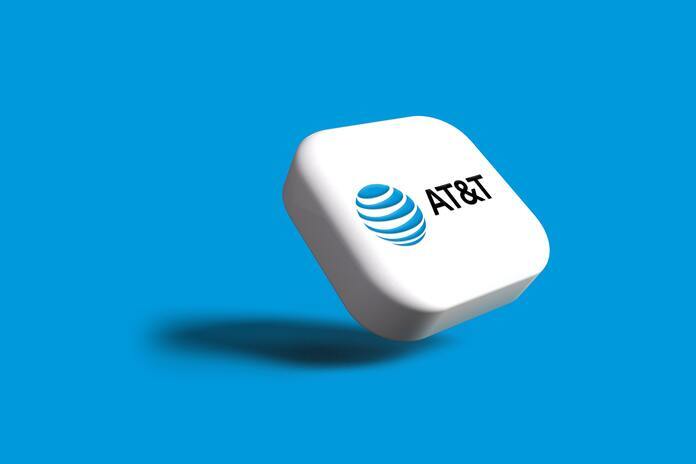AT&T Stock (NYSE:T)
A prospective dividend cut caused AT&T Inc. (NYSE:T) to drop to a decade-low in October, but the stock has since recovered.
Better-than-expected fourth-quarter earnings, which included a positive outlook for free cash flow in 2023, have supported AT&T’s recent advances.
The best news passive income investors have heard in a year is probably that AT&T’s dividend is protected by enough free cash flow, despite the possibility of a stock fall after a tremendous run-up. As a result, AT&T’s long-term risk appears to be a dividend decrease.
AT&T Exposes The Market’s Fallacy
A major cause of worry was a prospective dividend cut, which affected AT&T stock price in 2022.
The company warned of threats to its free cash flow due to extremely high inflation rates, which were delaying AT&T’s customers’ timely payment of bills, in its second-quarter earnings report, which heightened concerns. The predicament for AT&T’s stock was made worse by a fall in free cash flow projection from $16 billion to $14 billion in the results announcement.
Despite my predictions that it would, given that inflation hit 40-year highs in 2022, AT&T’s free cash flow did not worsen. However, as the year came to a close, inflation began to slow, relieving pressure on AT&T’s customer base.
At the conclusion of the year, AT&T’s free cash flow did fall within the anticipated range.
The telecoms company had a free cash flow of $14.1 billion, with the fourth quarter accounting for $6.1 billion of that total.
Due to robust subscriber growth for Fiber Broadband, AT&T’s overall results came in somewhat better than anticipated.
Financial Performance
In 2023, AT&T anticipates increasing its free cash flow by $2 billion. According to the outlook for AT&T’s ongoing operations, the firm projects $24 billion in capital expenditures and $16 billion in free cash flow for the year 2023, which translates to an increase of $2 billion in free cash flow. This obviously has significant effects on dividend payments and investors.
Given the 50% expected coverage ratio, dividend investors do not need to be concerned about the dividend in 2023.
Given its high level of leverage (at the end of the December quarter, AT&T had net debt of $132.2 billion), the company has some breathing room and would be sensible to lower it while keeping the dividend at its current level.
Following the release of Q2 2022 profits and the disclosure of delayed bill payments due to soaring inflation, AT&T stock fell 8%, setting the groundwork for a slump that would last for several months.
Despite this, the stock is about to close a gap after almost entirely recovering. Technically speaking, a full gap close would be positive news because investors usually consider the closing of a gap as a bullish indicator that creates room for more gains.
The P/E Ratio For AT&T Shows A High Safety Margin
At this time, AT&T’s forward earnings multiple is below 7.0x. Investors seeking passive income must pay 6.8x this year’s projected profits in order to lock in AT&T’s 5.5% dividend yield. This multiple, in my opinion, offers a very high margin of safety.
Given that AT&T anticipates growing its free cash flow in 2023, I think passive income investors will find the multiple particularly alluring.
Why AT&T’s Valuation May Change in the Future
Although it is a huge problem for telecom firms, inflation may not be as catastrophic as I initially assumed.
Due to delayed bill payments, AT&T reported decreased free cash flow in the second quarter, raising worries that the business would not be able to pay its dividend.
Fortunately, these worries were allayed by AT&T’s 4Q-22 earnings report, and the prospect of a dividend cut no longer weighs on the shares.
My Verdict
A dividend cut was not correctly priced in by the market. I think it is quite improbable that the telecommunications business will need to cut its dividend this year, with a free cash flow estimate of $16 billion.
Free cash flow more than covers the dividend, and AT&T stock is trading with a large margin of safety.
Additionally, a short-term gap closure could occur, which would be a bullish sign for investors who pay attention to both technical and fundamental aspects of a stock, such as a dividend coverage or cash flow. A complete gap closure would suggest that AT&T’s stock has more upside potential.
Investors shouldn’t anticipate the dividend to increase in 2023, though, given AT&T’s high net debt and capital requirements.
Featured Image: Unsplash @ Rubaitul Azad









